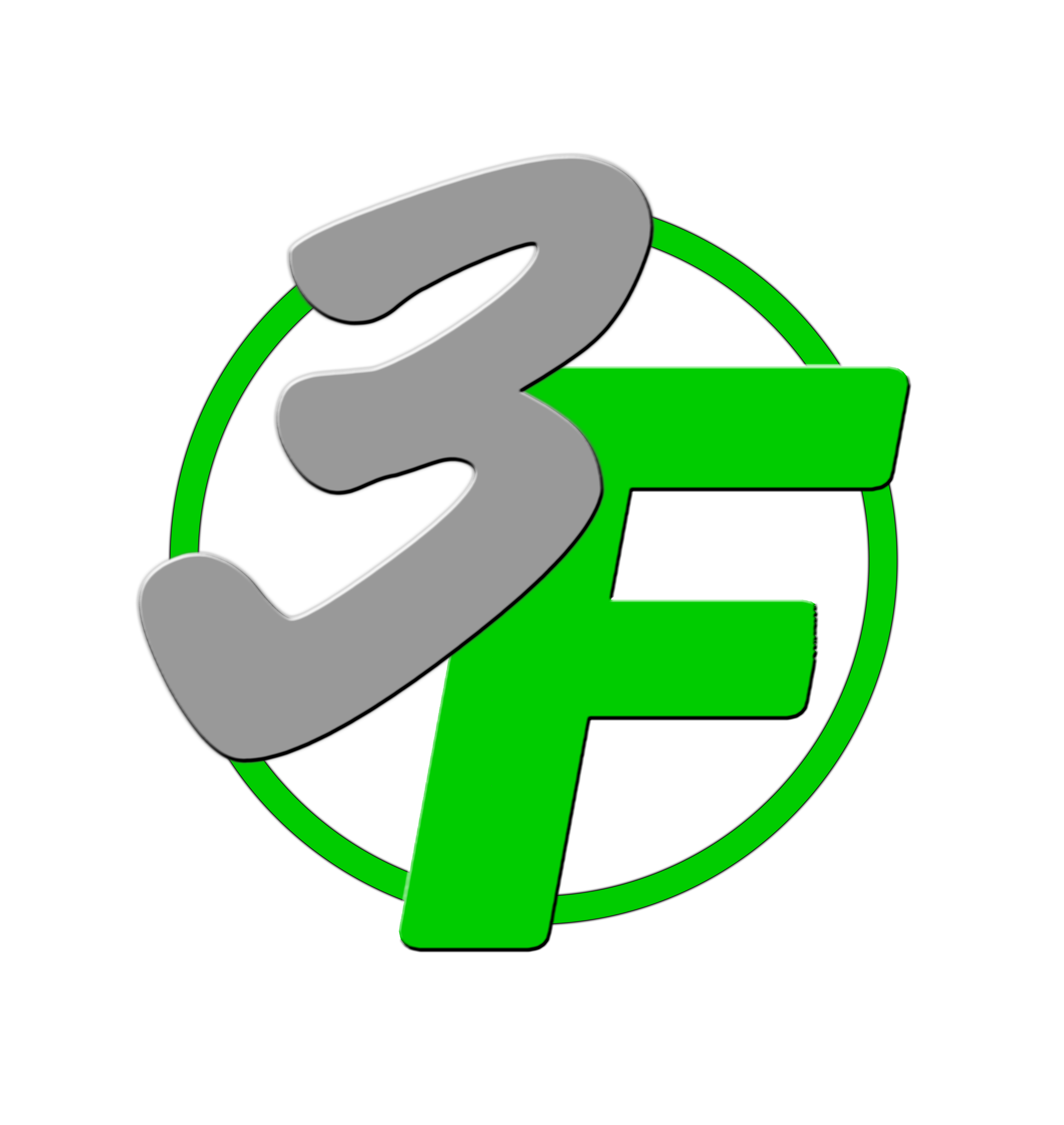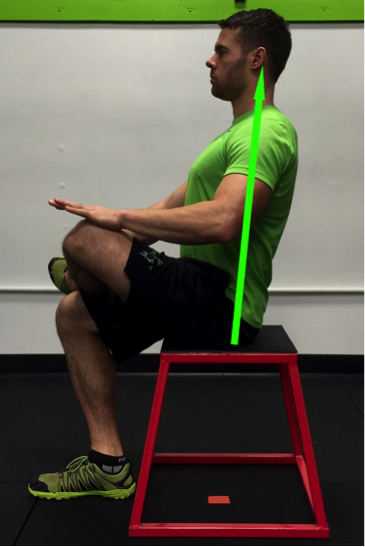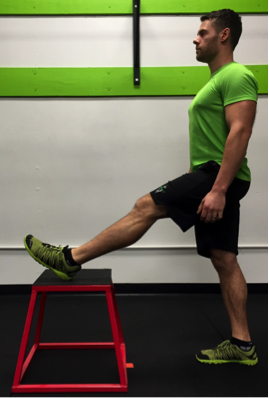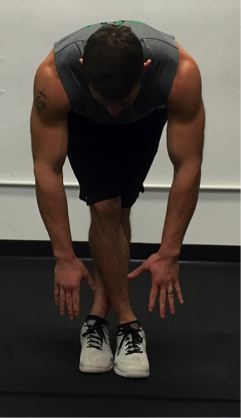Safe static stretches during pregnancy:
Each stretch can be held for 30 seconds up to 2 minutes, take care not to bounce or force a stretch. All static stretches must be performed AFTER exercise, not before. You risk injury performing static stretches before a workout.
- Executive piriformis stretch (for static pain and glute flexibility)
- Hamstrings - wide stance, split stance, 1 leg up (prevents lower back pain)
- Couch stretch (for hip flexors and quads, prevents lower back pain)
- Calves (for cramping in the legs)
- Deltoids (relieves shoulder tension)
- Traps (relieves shoulder tension)
- Pecs (can help with breast tenderness and mid to upper back pain)
- Frog stretch (for internal hip rotators and impingement)
- IT band (for hips, back and knee pain)
- Forearms/wrist extensors (for wrist pain, cramping in the hands, and carpal tunnel)
Foam rolling, Trigger point, and other modalities:
- Each rolling session should last about 1-2 minutes per muscle or until you feel a significant release in tension. In order to be most effective, you need to go "tension hunting" and spend the bulk of your time working those tight spots.
- All rolling should be done slowly and deliberately. You'll never relax into foam roller (and other modalities) if you're rolling fast and abruptly over your muscles.
- Expect the majority of these to be a little painful at first. Over time and with consistency, the pain will significantly diminish and you will have restored a great deal of mobility.
- You can use a foam roller, lacrosse ball, or foam roller ball/soft ball.
- Rolling glutes
Place the ball or foam roller under one glute and roll clockwise and counterclockwise. The foot and leg should be rotated outward. When you find a tight spot, roll around that area until the tension dissipates then move on to the next spot.
- Rolling hip flexors
Place the lacrosse ball on the hip flexor area of the thigh and use a weight or can of soup or any other hard surface that you can press down with. Dig the ball into the hip flexor and move the ball up and down and all around hunting for the tight spots. If done correctly, you should feel a release in the lower back as well.
- Rolling mid back
Place a lacrosse ball on the muscles adjacent to your spine and lean back against the wall. From here, "roll" your mid back by squatting up and down and all around hunting for tight spots. You can pull your arm across your chest or move it around to expose different mid back muscles but it's not necessary. Roll until you feel release and then switch sides.
- Rolling shoulders
Place the ball on the front, middle or back part of the deltoid and roll around hunting for those tight spots. You should feel a significant pressure point sensation as you roll around. Repeat on both sides.
- Rolling neck/traps
Place the ball on the upper shoulder and position yourself in the middle of a door frame. Then lean forward and press the ball into and along the edge of the middle section of a door frame. Once you've established a good stance and good pressure you can hold, you can work on tuning your head away from the ball and back to neutral or reaching your arm (on the side of the ball) behind you and back to neutral. Repeat until you feel release then switch sides.
- Rolling calves (for cramping and foot pain swelling)
Place the ball under the calf at the middle/meaty position. From there you can roll side to side or stack the legs for greater pressure. Use your arms to support your back as needed. Hunt for tight spots and work them out until you feel release. Switch sides.
- Rolling arches of the feet (for cramping and foot pain)
Place the ball under the arch of the foot and start rolling around. The bottom of the foot is pretty sturdy so you will have to apply a lot of pressure to really dig into the tissue down there. Roll around with as much control as you can taking care not to roll off the edge of the ball. Once you find tight spots you can apply strong pressure, then flex and extend your toes to work out the knots in the area. Find release then switch sides.



































